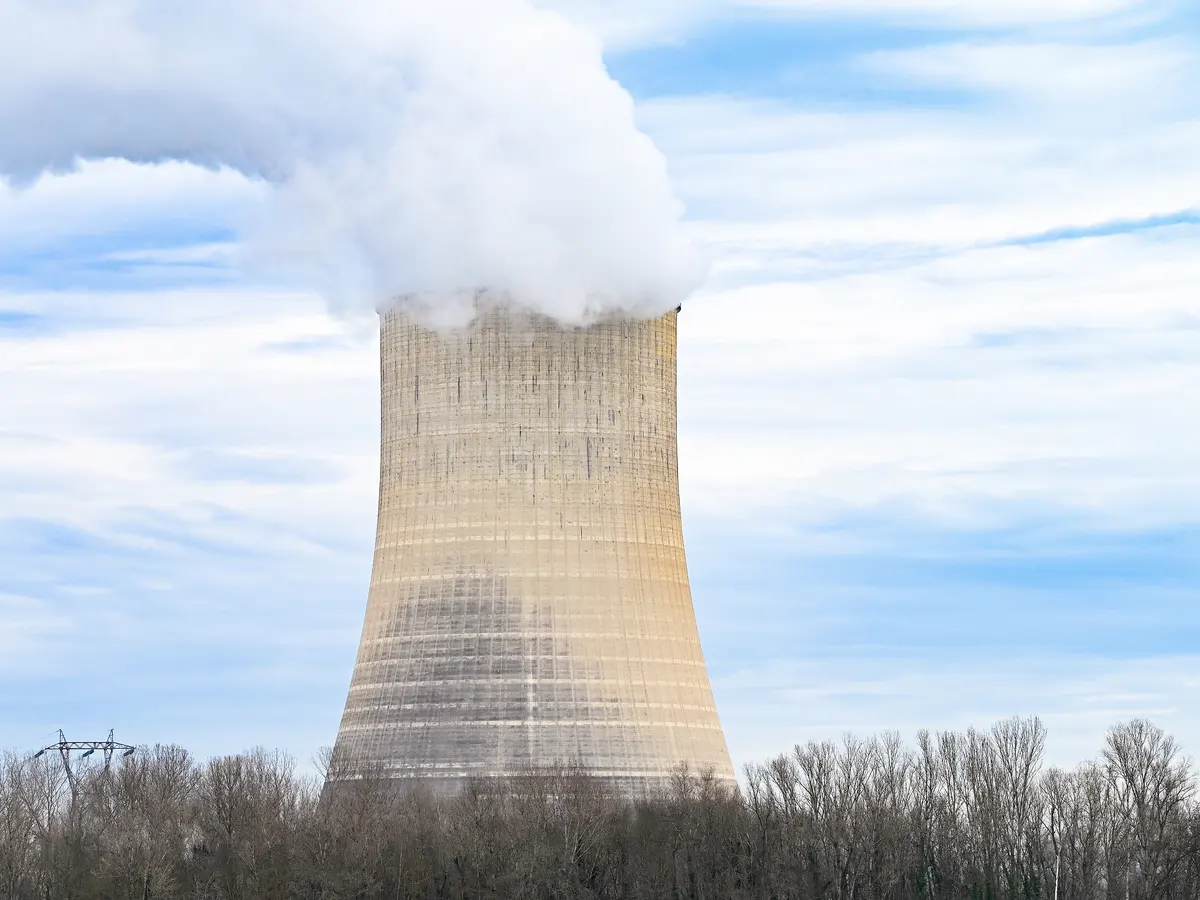According to a recent IIM-A research, India should prioritise energy sector investment and infrastructure expansion.
Why should India prioritise investments in the energy sector?
India intends to become a developed country by 2047, and it is on track to attain net zero — or essentially zero — carbon dioxide emissions by 2070.
Key conclusions of the report:
- Current Energy Mix: Solar energy accounts for 16% of India’s installed generation capacity, whereas coal makes for 49%. Nuclear energy now makes up only 1.6% of India’s energy mix.
- Significant increase in nuclear energy: The best-case scenario envisions emissions declining to 0.55 billion tonnes of CO2 by 2070, or ‘net zero’. This scenario envisions a large growth in nuclear power capacity, with 30 GW by 2030 and 265 GW by 2050.
- Investment Requirements for Nuclear Energy: To achieve the proposed figures, investments in nuclear energy would have to be doubled. Between 2020 and 2070, India will need approximately ₹150-200 lakh rupees to finance energy sector reforms.
- Need for a technology-based solution: The authors emphasise that achieving net zero emissions necessitates the use of multiple technologies rather than a single solution.
- Transitioning from coal: Coal is likely to continue to play an important role in India’s energy system, functioning as the “backbone”. However, switching away from coal would need significant expenditure.
What are the Challenges for India’s Goal of Net-Zero Emissions?
- Uranium Factor: According to the Central Electricity Authority, solar energy accounts for 16% of India’s installed capacity. To achieve these unrealistic estimates for nuclear energy, investments would have to be doubled, as well as the premise that uranium, a crucial fuel but subject to an international embargo, is available in sufficient amounts.
- Coal represents 49% of India’s capacity. Coal is likely to be the “backbone” of the Indian energy system, and if the country is to phase out coal over the next three decades, it will need to build adequate infrastructure for alternative sources such as nuclear power, as well as flexible grid infrastructure and storage to support the integration of renewables.
Suggested measures by the Report are:
- Invest in research and development to increase the efficiency and cost-effectiveness of renewable energy sources, as well as improvements in nuclear energy.
- Policy Support: Implement laws and regulations that stimulate private-sector investment in the energy industry, such as simplified approval processes, tax breaks, and renewable energy standards.
- International Cooperation: Engage in diplomatic efforts to gain access to nuclear fuel and remove international embargoes, as well as collaborate with other governments on energy-related research and development.
Conclusion
According to an IIM-A analysis, India’s road to development by 2047 depends on prioritising energy sector investments. To achieve net zero emissions by 2070, India will require approximately ₹150-200 lakh crore between 2020 and 2070 to finance transformations.
Source: https://www.iea.org/reports/nuclear-power-in-a-clean-energy-system

